Top 10 Macaw Parrot Species
Macaws are New World parrots, native to Central America and North America (only Mexico), South America, and formerly the Caribbean.Macaws are larger than parakeets. Macaws are also colorful, long-tailed and zygodactyl, having their 1st and 4th toes pointing backward.
Strange diet: clay eating (clay-lick) by macaws in the Amazon Basin
Clay eating is most probably related to neutralizing toxins. Macaws in certain regions in the wild eat foods that contain toxic or caustic substances which they are able to digest. Macaws in the Amazon Basin eat clay from exposed river banks most probably to neutralize these toxins - they consume clay on an almost daily basis. Clay-eating behavior by macaws is not seen outside the western Amazon region although macaws in other regions of the world also consume some toxic foods.
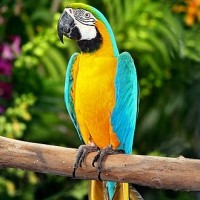
(Also known as Blue-and-gold macaw)
Many macaw parrots mimic human speech, but the blue-and-gold macaw learns phrases more easily than others.
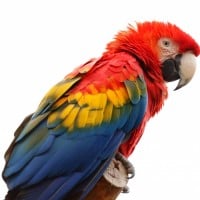
It has a larger percentage of tail than the other large macaws. It is about 81 centimetres (32 inches) long, of which more than half is the tail. It can live up to seventy-five to ninety years in captivity, although a more typical lifespan is forty to fifty years.
Conservation status: Least concern
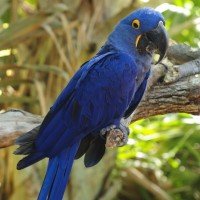
It's the largest macaw and the largest flying parrot species.
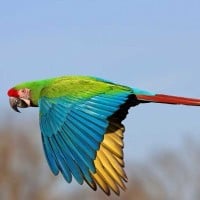
They can live in captivity for more than 60 years, although they aren't much sought as a pet.
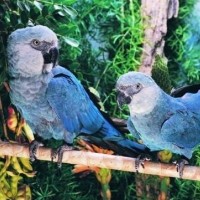
Spix's Macaw (also known as the little blue macaw) is native to Brazil. It's among the smallest macaws. It's a cute bird that is probably extinct in the wild, unfortunately. As of 2015, there were approximately one hundred Spix's macaws in captivity.
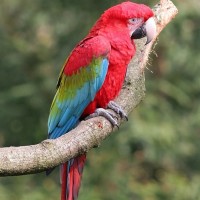
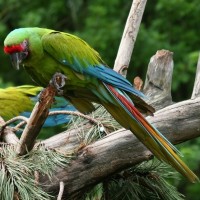
It's one of the three largest macaws (also known as Buffon's Macaw or the Great Military Macaw, the latter not to be confused with Military Macaw).
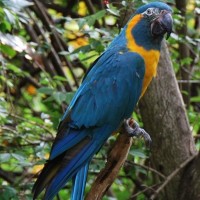
(also known as the Caninde macaw or Wagler's macaw) Their plumage is a beautiful combination of deep blue and gold yellow. They are critically endangered - recent estimates suggest that about three hundred fifty to four hundred individuals remain in the wild (in Bolivia) and about 1000-1100 individuals in captivity (around the world).
They live in monogamous pairs, but it is not known if these macaws will pair with another mate if their original mate dies.
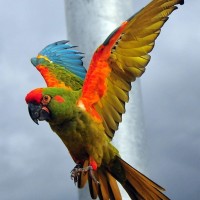
The Red-fronted Macaw (also known as Lafresnaye's macaw) is a critically endangered species endemic to a semi-desert area in Bolivia. It is the only macaw to inhabit such a climate zone, with cold nights and hot days, and rain coming in infrequent heavy storms.
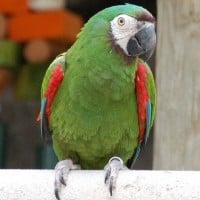
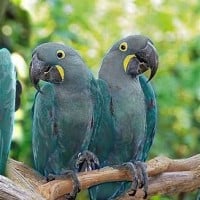
Glaucous Macaw declined due to trafficking, and the only wild 1900s sightings were in 1903 and 1963. They went extinct in zoos in the 1940s and 50s.